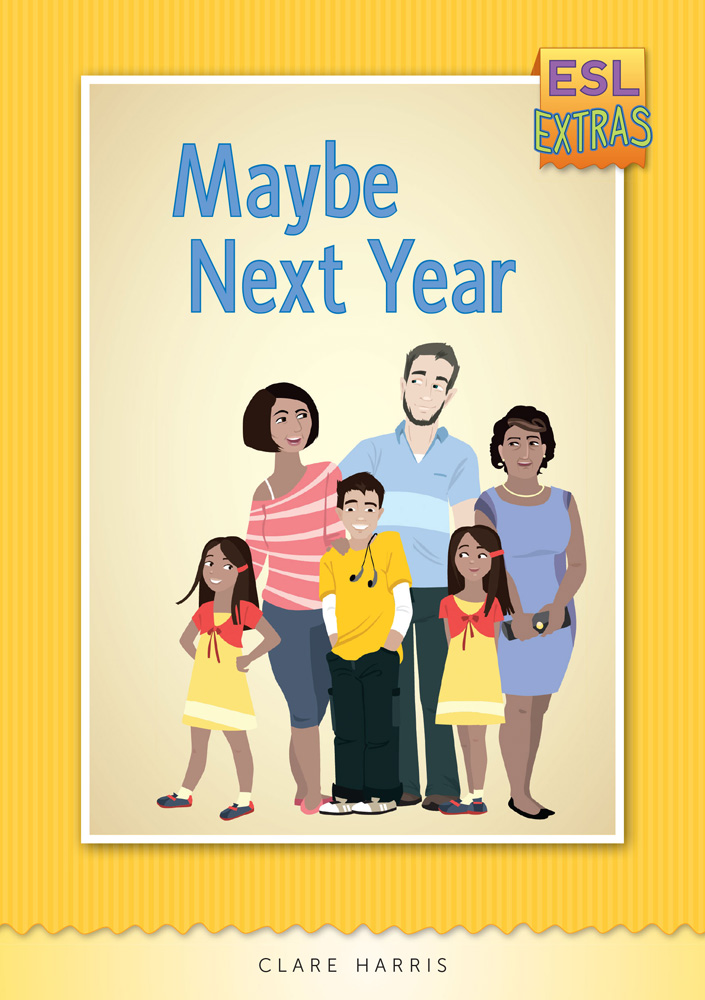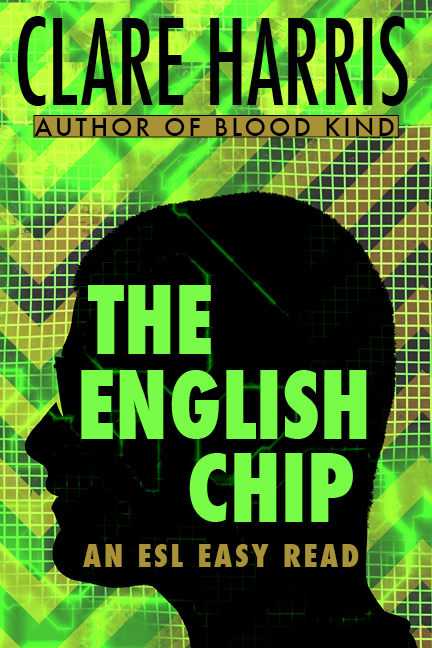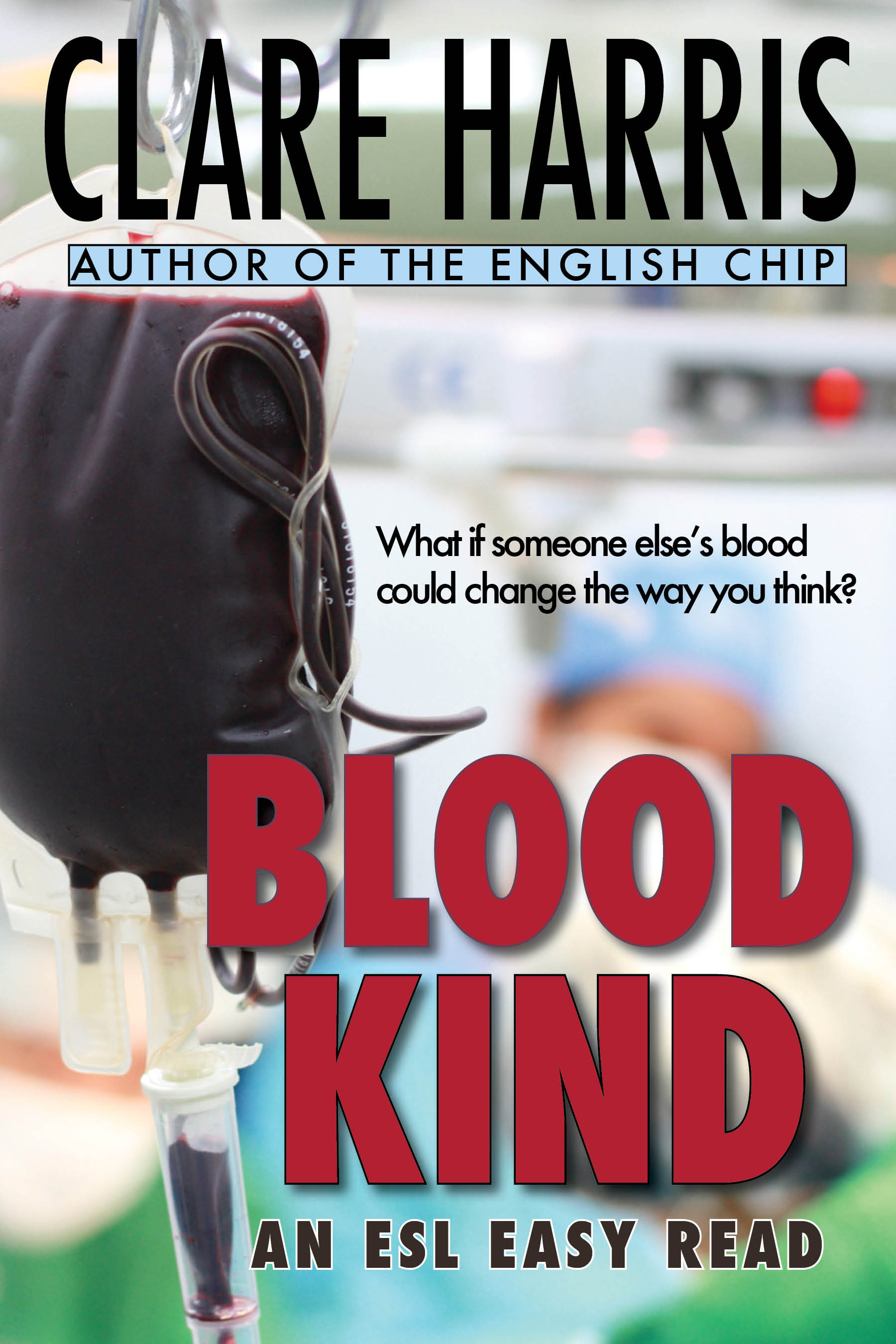Learners that don’t ‘fit’ our certificate classes
I’m guessing you’ve encountered the learners I made these videos for: confident pre-intermediate speaking, but close to zero reading and writing. Either they’ve grown up speaking a variety of English, but have never had the chance to become literate OR they’ve learnt English ‘on the job’ here in Australia, but haven’t had the chance to join formal education.
These are learners who may be able to recognise a few words, but have no decoding skills for unknown words. Unless there’s a high oracy, low literacy class, placement is tricky. It’s hard for the teacher to ‘go back’ and provide those sound-symbol basics they’ve missed out on, when everyone else in class has grasped the concept and wants to get on with reading a recount, or writing an email.
Sometimes it’s not a teacher but a wonderful volunteer, but they only have an hour or so a week together. Again, it’s a challenge to cover the whole ‘system’ of English writing, while trying to do some much-needed real life reading.
‘Phonics for adults’ videos
After meeting a few of these learners, my thought was to create some videos that they could watch at home, and that volunteers could support. The videos wouldn’t clash with the reading that’s happening in class, but would review the basic ‘how letters represent sounds in words’ concept, with lots of repetition…
I know that there’s lots of fun stuff out there for kids, but I wanted something that uses the language of everyday adult life as much as possible. There are some great resources for classroom use out there––and some great apps––but I wanted to include explanation, not just practice.
I started this project nearly a year ago, and an ‘ideal student’ started trialling for me, but when their personal circumstances changed, I let it go. I’d got as far as twelve CVC videos and ‘test yourself’ videos, but have lots more waiting for me to record…
Looking for learners
I’m wondering if you have any learners who’d like to try watching the videos so far, and let me know if they’re helpful? The videos are on YouTube, on a channel called Extra ESL Reading. If you go through YouTube search, you need to go to Playlists to watch them in order. Once you click on Subscribe, it’s easy to find them again.
There are worksheets for every lesson at thebooknextdoor.com/worksheets
TIP: You will probably NOT want to watch these videos yourself (unless you’re the volunteer, working through them with a learner), as you will find them exceedingly slow…
Do get in touch if you want to, through info AT thebooknextdoor.com
Thanks for reading!









